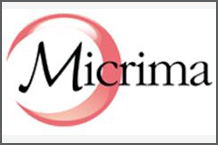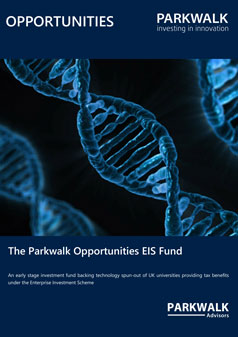Dear ,
The company intends to develop and commercialise a new Breast Imaging System (MARIA) aimed at radically improving breast cancer detection and survival rates through the provision of much safer, more frequent, more comfortable and less expensive breast checks from a much younger age, and delivered within the local community. The company’s proprietary technology seeks to improve screening effectiveness for both younger and older women with dense breast tissue, where X-ray mammography (XRM) is widely acknowledged to be inadequate.
The Technology
Micrima’s novel MARIA (Multistatic Array processing for Radiowave Image Acquisition) technology uses harmless radiowaves to measure very different physical parameters to those exploited by XRM, and provides very new diagnostic information. MARIA provides a compact, low cost imaging system, requiring no breast compression or exposure to ionising radiation. The imaging process has been reduced to less than a 2-minute scan that detects lesions as small as 4mm under laboratory conditions.
The system comprises a specially designed bench, accommodating a prone patient with breast pendant, and a Scanning & Data Processing (SDP) unit containing the scanning array and associated processing and display hardware. A screen is connected to the SDP allowing the operator to control image acquisition, patient management and local image review.
IP
The Initial product - radiowave radar for medical imaging, initially focusing on breast applications - received European regulatory approval (CE mark) in 2015. The company is now collecting pre-commercialisation clinical data prior to a soft launch towards the end of 2016.
The techniques involved have several granted and pending patents with additional applications in draft, reflecting current efforts to exploit the unparalleled levels of feature discrimination offered by MARIA’s data. Currently, 11 novel areas are under assessment for new IP.
The Market Opportunity
The current worldwide XRM market is around $1 billion and continues to grow between 6% and 8% per annum. Ageing demographics, growing incidence, and pressure from governmental and women’s groups, seeking to encourage women to attend what is for many an unpleasant experience, is driving the growth. The dense tissue group represents a substantial part of the forecast market.
The manufacture and distribution of breast cancer screening equipment is currently dominated by the major XRM equipment companies – Hologic, Siemens, GE. Additionally, several Japanese companies compete globally from a strong domestic base and a growing number of middle layer players inhabit various market positions.
The Team
Roy Johnson - Executive Chairman/CEO
Over 30 years’ experience in medical devices and diagnostics. Following a career in corporate USA, a serial entrepreneur since 2003, founding four companies, successfully exiting from two with two ongoing. Micrima represents his sole current executive role.
Peter Bannister - CTO
Chartered Engineer and doctorate in Medical Image Analysis from Oxford, subsequently Senior College Lecturer in Engineering Science, Keble College. Prior to Micrima, held several senior management positions in research and product development in MedTech companies.
Andrew Wood - CFO
Chartered Accountant and 1st Class Honours degree in Biochemistry from the University of Oxford. Has held, and continues to hold, CFO and CoSec positions in a variety of Life Science companies. Took Oxford BioMedica onto AIM and subsequently to a full LSE listing.
Nick Randall - NED
Seasoned industrialist and engaged angel investor with strong strategic skill set. Experience in both MRI imaging and radio- frequency products. Ex CEO, Oxford Magnet Technology. Past £100k investor in Micrima. Investing an additional £100k in this round.
The Investment Case
Micrima’s addressable market is significant and growing and the use case for its technology attractive. The company is likely to be more mature than other UBEF investment candidates which has portfolio benefits. There is also a good mix of co-investors in this funding round.


